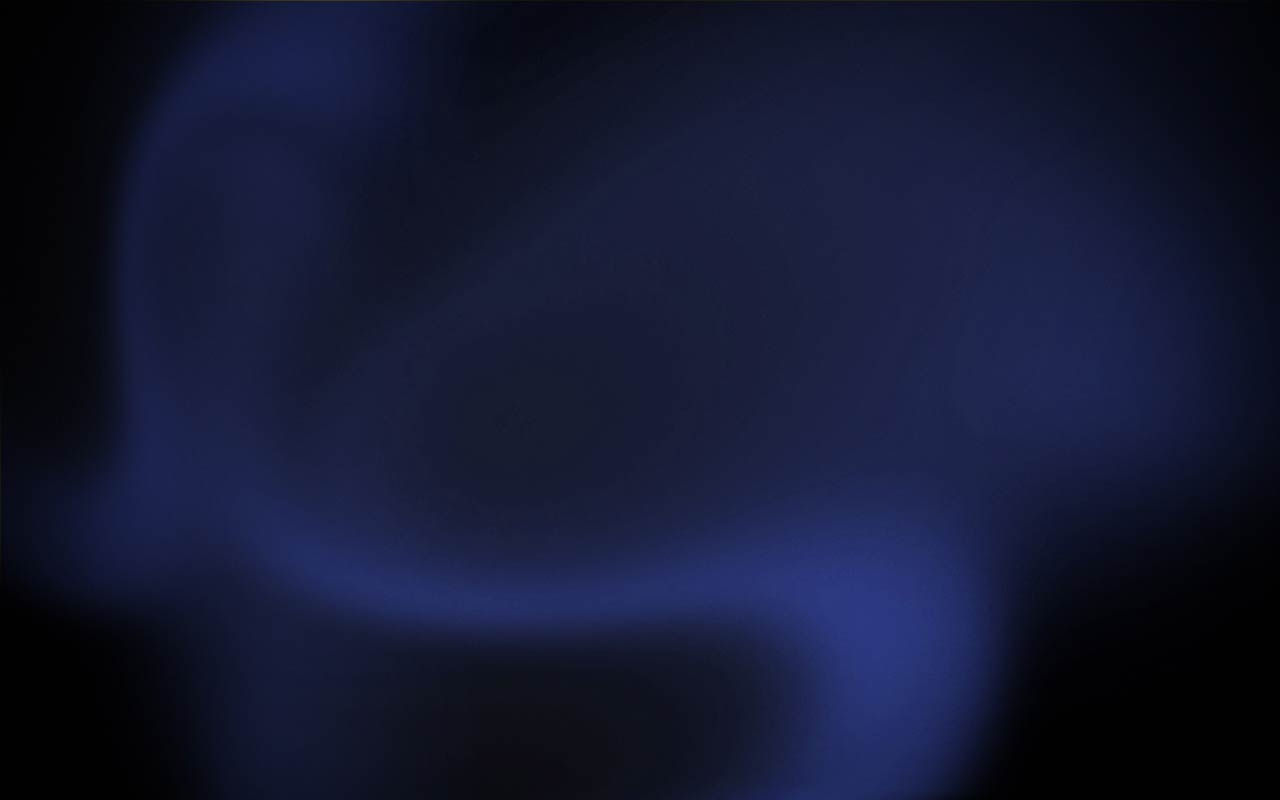

Randolph Dermatology

AND MOHS MICROGRAPHIC SURGERY
BIOPSIES
In an ideal world, a dermatologist would be able to glance at your skin and know exactly what you have. The real world works differently. In many cases, the dermatologist may not be absolutely sure what condition you have and need more information to figure it out. A biopsy is a procedure designed to provide the additional needed information.
Please don’t worry. Most biopsies are easier than a dental cleaning, and in 99 percent of cases, patients report it was a much better experience than they originally feared. It takes about five minutes to perform a biopsy.
First, the dermatologist injects some lidocaine into the area to numb the skin. You feel some pinching and stinging during this part, but it goes away rapidly. Lidocaine works amazingly fast and effectively.
You will not feel anything uncomfortable as the biopsy proceeds. When trying to rule out skin cancer, dermatologists often perform a shave biopsy by literally shaving off a piece of skin with a blade. The specimen is placed in a cup and sent to the pathologist, and the remaining small wound is covered with a bandage. Finally, you need to perform daily dressing changes at home until the site heals over.
A shave biopsy is not always appropriate. When trying to determine the cause of a rash, dermatologists often perform a punch biopsy with an instrument called a punch tool that removes a tiny, cylindrical piece of skin. The specimen is placed in a cup and sent to the pathologist. Sutures close the biopsy site, which is then covered with a bandage. Patients then return to the office in one to two weeks for suture removal.
Pathologists usually deliver their results within a week. Call your dermatologist if you have not received your results within two weeks after the biopsy.
